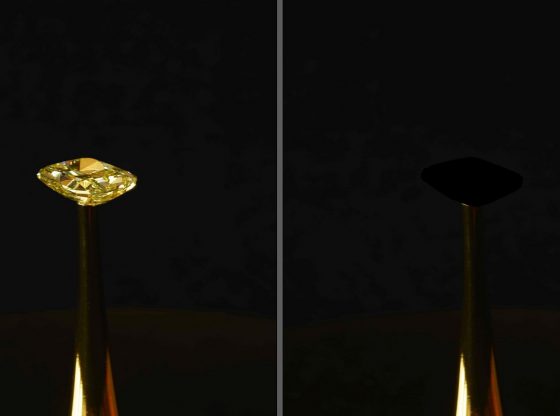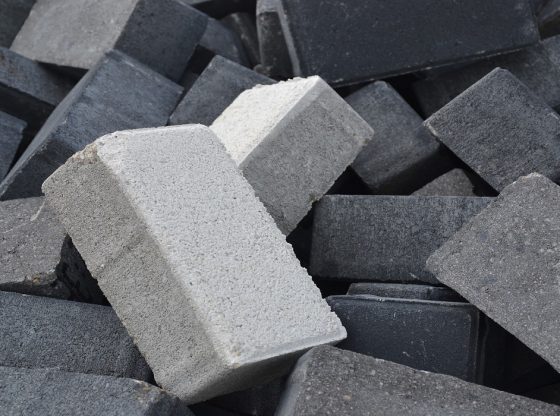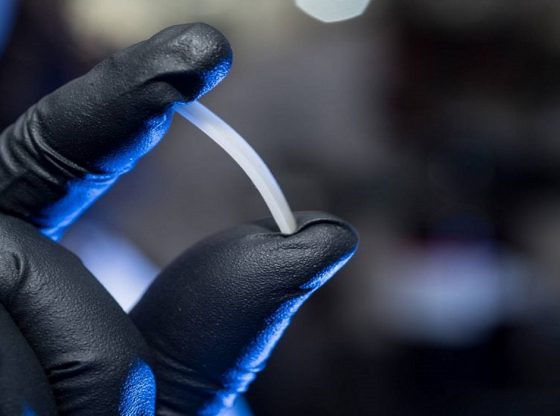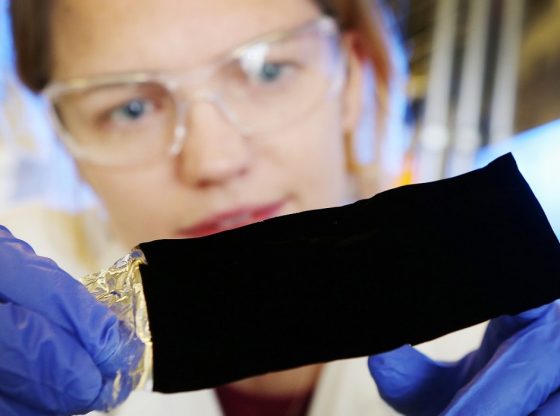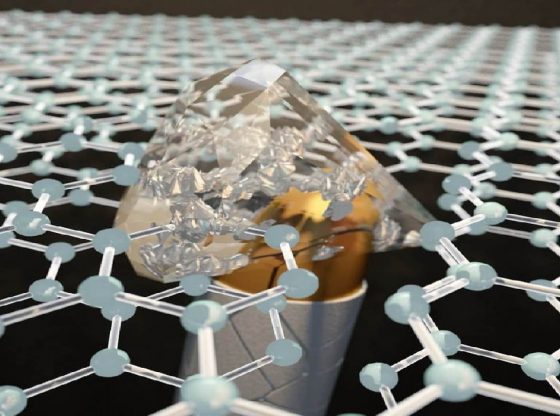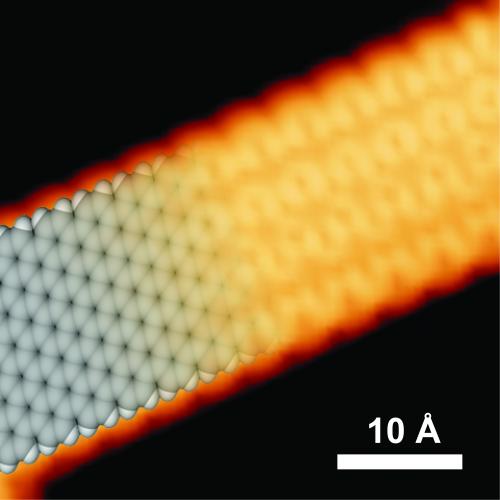
We have previously written about the remarkable material, graphene. A material that in the industry and among the scientific community has been hailed as the next revolution.
This über material seems to be applicable for almost everything possibly imaginable. Here is yet another breakthrough at The University of California, Berkley, U.S.
The hope is that Graphene nanoribbons will capable of replacing silicon as a semiconductor material in the future. But a concern though for this to become a reality is its conducting ability, which remains an unresolved issue. Not to mention the reality of and potential of mass production.
But now, Felix Fischer, who is a chemist at Berkeley, has managed to create nanoribbons (one atom thick and 15 atoms wide) able to transporting current thousands of times faster than any other existing conductor – implying that transistors can be switched on and off much faster, thereby increasing the speed of circuits.
The ribbons are “grown” chemically by heating rings of carbon and hydrogen, linking them and forming chains when heated again, the hydrogen disappears, leaving only the carbon-carbon bonds.
The structure also dissipates heat well, which would allow computers and electronic devices circuits to work longer and more efficiently.
_______________
Tuning the Band Gap of Graphene Nanoribbons Synthesized from Molecular Precursors
______________________________


